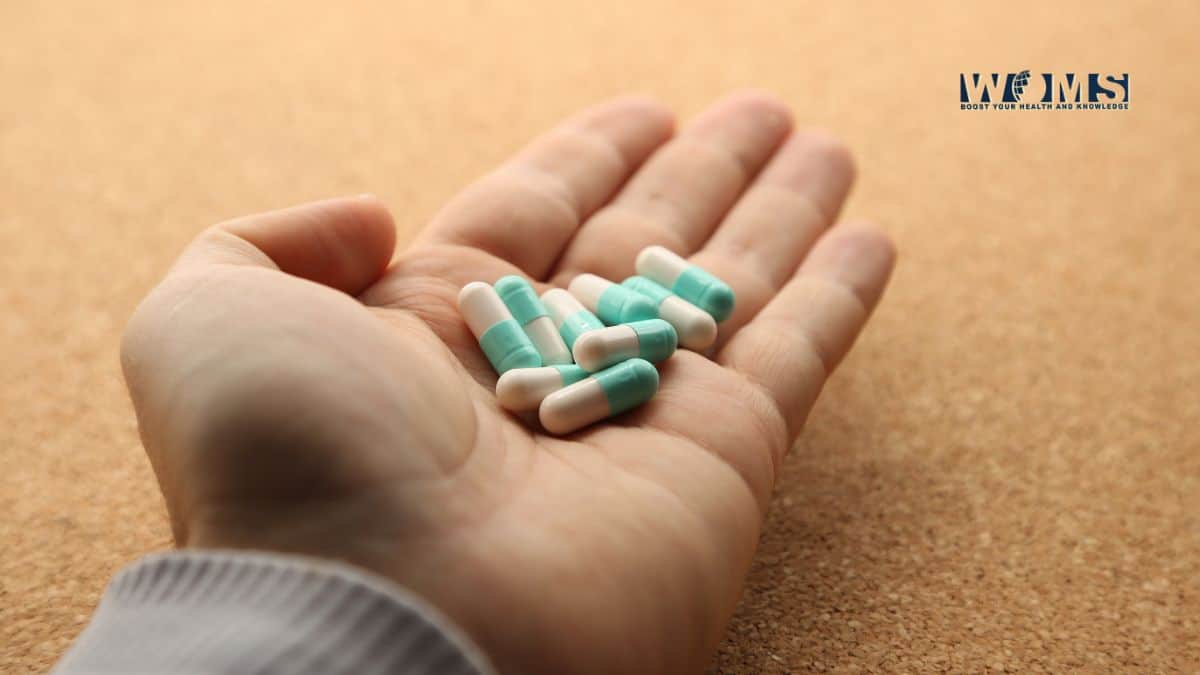What Is Medication-Assisted Treatment for Opioid Dependence?

Doctors prescribe medication-assisted treatment to individuals struggling with opioid and other drug dependencies. This treatment helps improve overall health and well-being while reducing fatalities, lowering criminal behavior, and enhancing social and life skills.
Medication-Assisted Treatments
Medication-assisted treatment for opioid dependence (MATOD) combines medication with psychosocial support. The medication helps manage withdrawal symptoms or cravings and prevents the euphoric effects of additional opioid use. Psychosocial support encompasses various strategies aimed at improving the psychological well-being and social circumstances of the opioid user, ultimately enhancing both their quality of life and longevity.
Two types of MATOD are long-acting opioid medications and opioid antagonists.
Long-Acting Opioid Medications
Long-acting opioid medications like methadone and buprenorphine serve as substitutes for heroin and other opioids. They are prescribed in doses that help prevent withdrawal symptoms, decrease the patient’s urge to use illicit opioids, lower the risk of overdose, and support individuals in staying engaged with treatment programs. Clinical trials have shown that optimal treatment outcomes are achieved when patients receive an adequate dose of the medication and when the treatment lasts for an extended period.
Methadone
Methadone is a synthetic opioid that fully activates opioid receptors, similar to morphine. A proper daily dose typically manages withdrawal symptoms and cravings for at least 24 hours. Users often experience minimal ‘high’ or peak effects after taking methadone due to its slower absorption when taken orally. Generally, doses between 60-100mg are sufficient, although some may be prescribed up to 150mg.
Buprenorphine
Buprenorphine is a synthetic opioid that alleviates opioid withdrawal symptoms and cravings by partly triggering opioid receptors, similar to morphine. This partial activation leads to a ceiling effect on respiratory depression as doses increase, and its strong binding to opioid receptors helps block the effects of heroin and other morphine-like substances. For many individuals, the dosing interval can be extended to two days due to buprenorphine’s long duration of action.
Opioid Antagonists
Opioid antagonists function by stopping the effects of other opioid drugs, making them helpful for those seeking to achieve abstinence. The best outcomes are seen with motivated clients with a stable, supportive social environment.
Naltrexone
Naltrexone is a complete opioid antagonist that attaches firmly to opioid receptors without producing any morphine-like effects. It can be an effective treatment when taken consistently for six to twelve months. A daily oral dose of 50mg of naltrexone is enough to prevent the effects of opioid use, leading to a decrease in cravings over time.
Patients who have chronic pain conditions and need to use opioid painkillers regularly should not be given naltrexone. If they stop naltrexone and then resume opioid use, there is a risk of overdose due to decreased opioid tolerance. It is crucial to inform patients about this potential danger.
Is Medication-Assisted Treatment of Opioid Dependence Safe
During the induction stage in MATOD, there is a heightened risk of death, which escalates with the use of other substances, such as alcohol and benzodiazepines. Additional factors may include beginning treatment with excessively high doses, insufficient monitoring of dosing, and individual differences in how methadone is metabolized. After approximately two weeks, once the patient reaches a stable state, the risk of overdose significantly decreases. However, the risk of overdose can spike immediately after leaving the program due to a loss of tolerance.
How Do People Start MATOD
In certain states, individuals looking to start MATOD must first see a general practitioner for an assessment of their drug use. If deemed appropriate, the patient then goes to a pharmacy or a specialized clinic to receive their dose of methadone or buprenorphine, which is administered under the supervision of a pharmacist or another healthcare professional. However, this process can differ between states.
Some patients might qualify for takeaway doses once they meet specific criteria. They must adhere to the guidelines for safely storing these doses. Before approving takeaway doses, prescribers check if the patient has children in their care. Takeaway doses help patients manage their return to work or school by minimizing the need for daily visits to the clinic or pharmacy. Allowing takeaway doses acknowledges and encourages positive changes in patients’ behavior.
Withdrawal from Treatment
Withdrawal from methadone or buprenorphine treatment should be done gradually to prevent distressing withdrawal symptoms. The withdrawal symptoms from buprenorphine are usually milder compared to those from methadone. There can be advantages to switching from methadone to buprenorphine during the withdrawal process.
It’s important to observe clients for any signs of destabilization, as resuming treatment is preferable to returning to unsanctioned opioid use. Additionally, after withdrawing from MATOD, patients lose their acquired opioid tolerance, which makes them more susceptible to opioid overdose; if a relapse to heroin injecting occurs, the risk of a fatal overdose increases.
Implementing relapse prevention and risk management strategies is important in managing any MATOD or long-term opioid use, such as in chronic pain patients who have been on opioid analgesics for extended periods.
How Effective is MATOD
A significant amount of research shows that MATOD is highly effective for treating heroin and other opioid dependencies. It helps decrease heroin use and injecting, as well as reducing drug-related crime and incarceration rates. MATOD serves as a crucial public health initiative by preventing the sharing of injecting equipment, which in turn helps to reduce the spread of HIV and hepatitis C.
In some countries, the rate of HIV among people who inject drugs has remained below 2 percent for the past 20 years, while many other countries report much higher rates of infection among drug users, sometimes reaching up to 50 percent. Additionally, MATOD can lower the risk of fatal overdoses. It also enables individuals to return to their studies or jobs and reconnect with their families.




